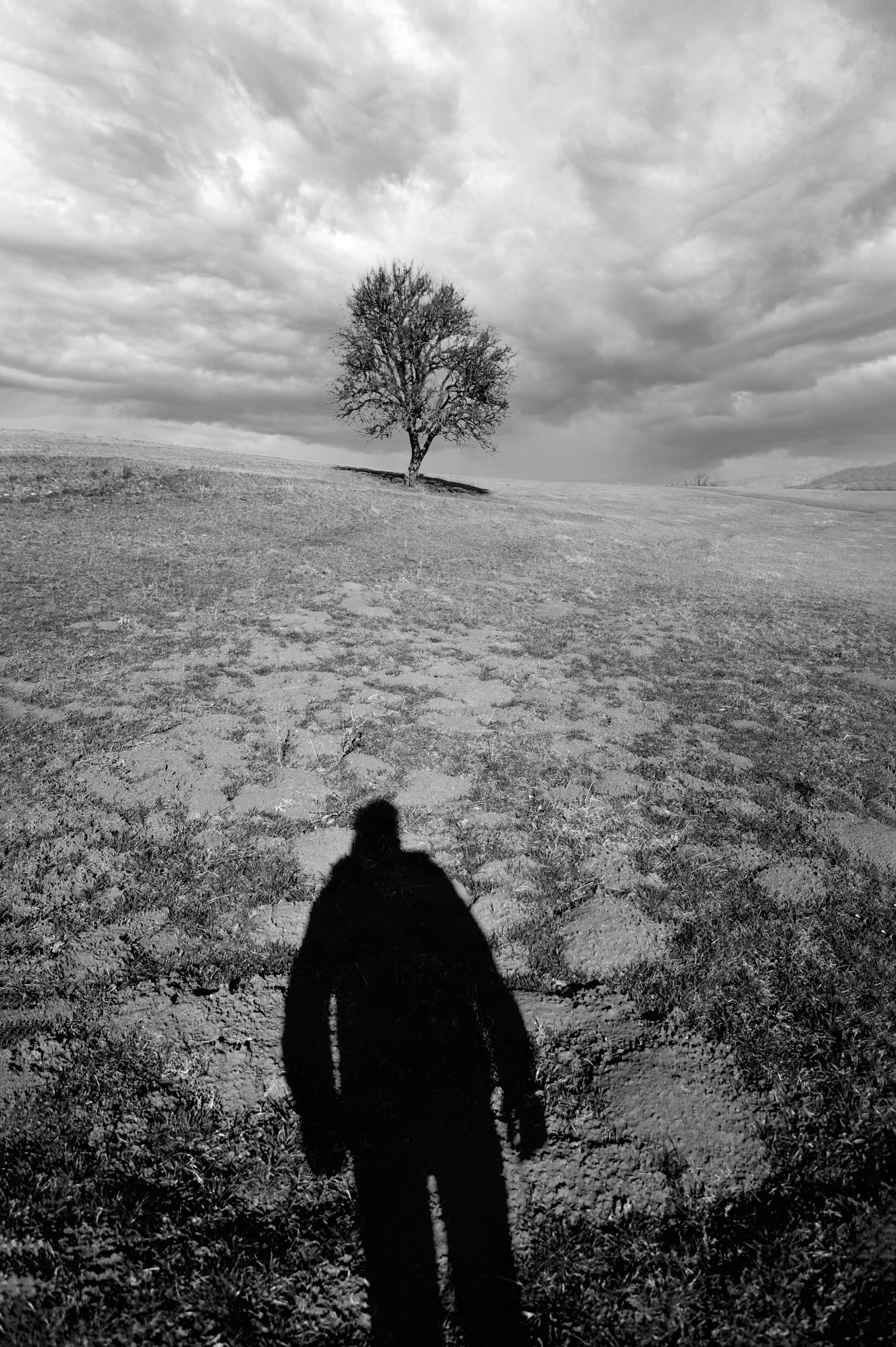Are you having trouble trusting your choices? Do you hide feelings, emotions, beliefs, ideas, out of a desire to please or to belong? Are you entering, or are you in, codependent relationships? Are you trying to justify/understand other people’s behaviour at the expense of your feelings?
When you neglect your needs, wants, feelings and values, it is called self-abandonment.
If our physical and emotional needs were not met as a child, we will probably grow up feeling unworthy and unlovable. In adult life, we repeat these patterns because they are familiar to us. We even choose partners and situations that will make us feel like the ones we had experienced in our childhood – very likely unsupportive, and physically and emotionally unavailable. To a certain extent, we do the same to ourselves: we don’t know how to support ourselves, because no one was there to support us.
Today we will turn to the abandoned self and explore ways to integrate this part of self for a better and more meaningful, constructive life.
The Shadow Self
The Abandoned Self or the “Shadow” is a concept theorised by Carl Jung, a Swiss psychiatrist and psychoanalyst. It is a part of the conscious mind that we repress because it holds all the negative aspects that we are ashamed of. It is an integral part of our psyche whether we are aware of it or not.
The Shadow Self is the dark aspect of our personality. It represents that unacceptable side – that which we don’t want to see. The side we try hard to hide from ourselves but also from others, mostly in order to fit into the ideal personality pattern that we created.
It contains primal, immoral thoughts, fantasies, desires, impulses and emotions that are not accepted by our society, and to which we end up denying or pushing into the unconscious.
All this part of self wants is to be recognised and seen.
The shadow cannot be ignored for a long time. It will certainly make its presence felt and, in many cases, when it is constantly denied it will take over the “command”. This can be what people mean when they say, “I don’t know what came over me all of a sudden.”
More about the shadow concept can be found in Jung’s book The Undiscovered Self, or his essay “The Relation between the Ego and the Unconscious”, published in Volume 7 of the Collected Works if C.G. Jung.
Getting in Touch with the Shadow Self
- The first step to dealing with your shadow is to acknowledge it.
Recognise your own biases, prejudices and blind spots. - Notice when something bothers you.
Identify what it is, whether anger, greed, aggression, rudeness, jealousy, envy, etc. Usually what we identify in others is actually within us – it is just unrecognised. This is called Projection. Projecting our own flaws onto others is much more convenient and relieves us of responsibility - You can work creatively. Express your shadow through art, such as drawings, painting or writing.
Or, you can draw a mask or print one.
On the face of the mask, write what you show to the world: what you want others to know about you, aspects you expose, how you look, and how you present yourself.
On the back of the mask write what you don’t want to show: what you don’t want the world to know about you at any price – what emotions, thoughts, desires, impulses you keep only for yourself. Here lies the abandoned self; the shadow self.
I invite you to be as open and honest as possible in this exercise.
Observe how big or small the ‘gap’ is between what you show the world and what you don’t. No judgement. Be curious. - Introspection and self-reflection
Think of a moment when you felt ashamed, guilty, belittled, scared, or alone. Can you connect with that part or not? What do you feel like doing or saying?
Acknowledging this abandoned part of ourselves, accepting and integrating it into the personality structure that so frightens us but also fascinates us, is an important and necessary step towards knowing who we really are.
That said, there are some of the risks that can arise in working with the Shadow:
- Sometimes it can trigger intense emotions that can be overwhelming to process. Talk to a therapist or someone you trust about it.
- The risk of spiritual bypassing – this involves using spiritual practices to avoid or deny negative emotions and situations (Raab, 2019).
- If your approach is critical, it can reactivate old patterns of self-blame and shame.
Healthier Ways to Work with Your Shadow
- Approach working with your Shadow Self with self-compassion and without judgment.
- Take care, pamper yourself, and set healthy boundaries.
- Take breaks and slow down the process if you feel it is necessary.
- Work with a therapist if you feel is safer for you.
- Recognise that you may hold qualities such as greed or resentment within you, but look at them with compassion, remembering that they don’t define you.
Working with the Shadow Self can be a very powerful tool for your personal growth and healing if approached with intention, awareness, and compassion.
The moment we make contact with the shadow, lost aspects of yourself begin to return. This process is a difficult but rewarding one that leads to wholeness, authenticity, and more inner peace.
Indeed, to meet the Shadow Self requires a lot of courage, will, and above all sincerity. These are necessary conditions to embark on the most adventurous, important and rewarding journey – the one to your true self.
To accept and embrace your shadow self is to become whole, knowing that you possess light and dark qualities but neither ultimately defines you.
“Everyone carries a shadow, and the less it is embodied in the individual’s conscious life, the blacker and denser it is.”
Carl Jung.




